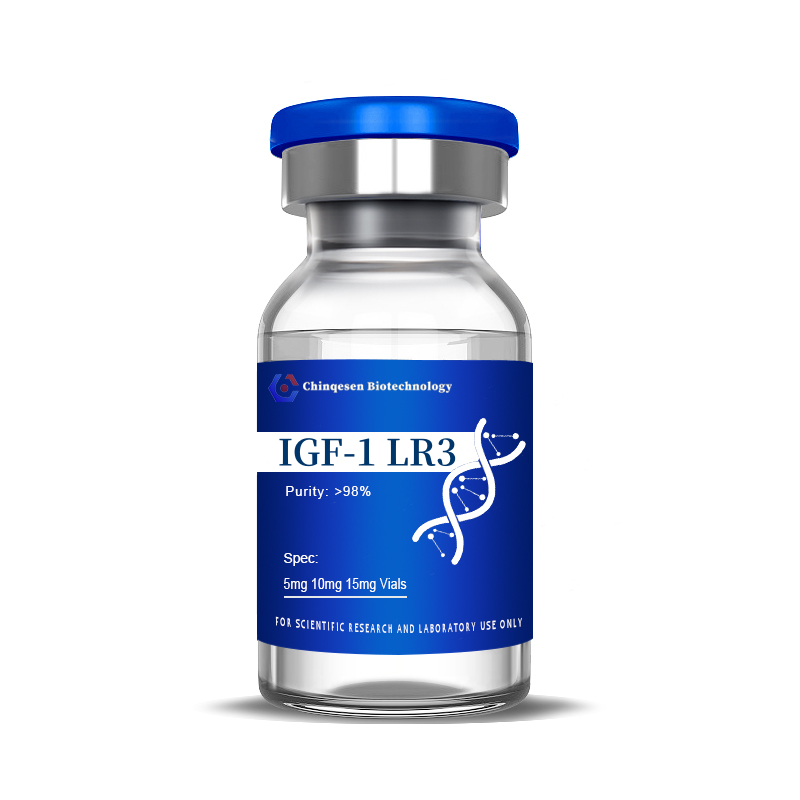-
Categories
-
Pharmaceutical Intermediates
-
Active Pharmaceutical Ingredients
-
Food Additives
- Industrial Coatings
- Agrochemicals
- Dyes and Pigments
- Surfactant
- Flavors and Fragrances
- Chemical Reagents
- Catalyst and Auxiliary
- Natural Products
- Inorganic Chemistry
-
Organic Chemistry
-
Biochemical Engineering
- Analytical Chemistry
- Cosmetic Ingredient
-
Pharmaceutical Intermediates
Promotion
ECHEMI Mall
Wholesale
Weekly Price
Exhibition
News
-
Trade Service
The production process of ethyl (2S)-2-ethoxy-3-(4-hydroxyphenyl)propanoate, also known as Hydroxytyrosol, is a complex process that involves several steps, including the extraction of the compound from natural sources, its purification, and its synthesis in the laboratory.
Extraction and purification
Hydroxytyrosol is a natural compound found in olive oil, and it can be extracted from the oil using various methods, such as solvent extraction and steam distillation.
After extraction, the compound is typically purified using chromatography techniques, such as column chromatography or high-performance liquid chromatography (HPLC).
These techniques involve the use of adsorbents or stationary phases to separate the compound from other components in the crude extract.
Synthesis in the laboratory
Once the compound has been purified, it can be synthesized in the laboratory using various chemical methods.
One common method involves the reaction of 2-ethoxy-3-phenylpropanol with sodium hydroxide, followed by the addition of a solution of 4-hydroxyphenylboronic acid and hydrogen peroxide.
This reaction results in the formation of Hydroxytyrosol, which can then be purified using chromatography or other techniques.
Advantages and disadvantages of synthetic methods
Synthetic methods have several advantages over extraction from natural sources, including the ability to produce large quantities of the compound in a consistent and controlled manner, as well as the ability to produce the compound at a lower cost.
Additionally, synthetic methods can provide a more pure product, as the compound can be synthesized from a single pure starting material, rather than being extracted from a mixture of compounds found in natural sources.
However, synthetic methods also have their disadvantages, including the need for specialized equipment and facilities, as well as the potential for hazardous chemical reactions and waste generation.
Additionally, synthetic methods may require the use of expensive and limited-source raw materials, which can increase the cost of production.
Applications of Hydroxytyrosol
Hydroxytyrosol has several applications in the chemical industry and in the food and beverage industry.
It is used as an antioxidant and a preservative in various products, including cosmetics, pharmaceuticals, and food and beverages.
It is also used in the production of perfumes and fragrances, and as an intermediate in the production of other chemicals and compounds.
In the food and beverage industry, Hydroxytyrosol is used to enhance the flavor and aroma of various products, including olive oil, wine, and chocolate.
It is also used as a natural alternative to synthetic antioxidants and preservatives, which can have negative health effects.
Conclusion
The production process of Hydroxytyrosol involves the extraction of the compound from natural sources, its purification, and its synthesis in the laboratory.
Synthetic methods have several advantages over extraction from natural sources, including the ability to produce large quantities of the compound in a consistent and controlled manner, as well as the ability to produce the compound at a lower cost.
However, synthetic methods also have their disadvantages, including the need for specialized equipment and facilities, as well as the potential for hazardous chemical reactions and waste generation.
Hydroxytyrosol has several applications in the chemical industry and in the food and beverage industry, including as an antioxidant and preservative in various products, as an intermediate in the production of other chemicals and compounds, and as a natural alternative to synthetic antioxidants and preservatives.
The compound is commonly used in the production of perfumes and fragrances, and in the enhancement of the flavor and aroma of various food and beverage products.







